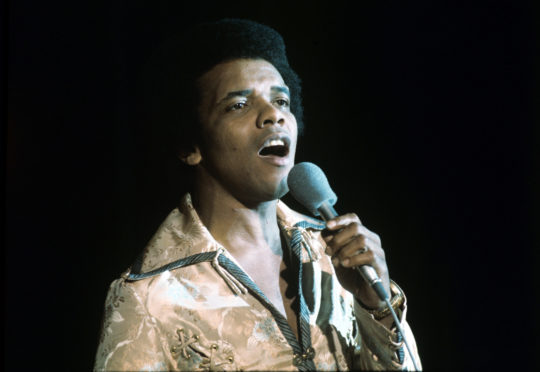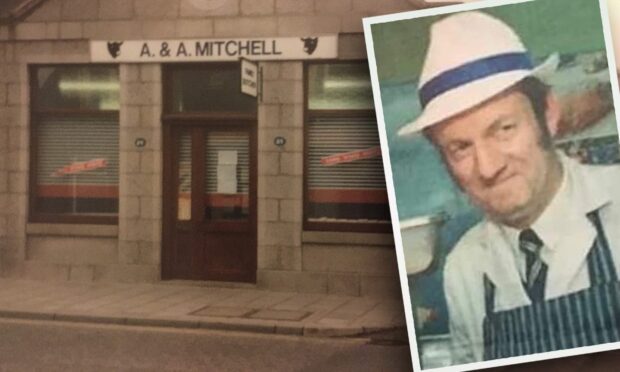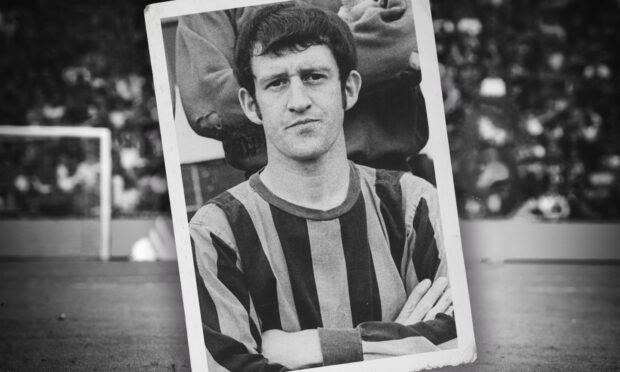The US pop and reggae singer made famous by the hit “I Can See Clearly Now” will be remembered as one of the first non-Jamaican singers to record reggae music on the Caribbean island.
Johnny Nash, who was born in Houston, Texas in August 1940, developed his love of singing in the choir at the nearby Progressive New Hope Baptist Church in South Central Houston.
The father-of-two, who died on Tuesday, aged 80, made his major label debut in 1957 with the single “A Teenager Sings the Blues” and his first chart hit followed a year later with a cover of Doris Day’s “A Very Special Love”.
Mr Nash also enjoyed success as an actor early in his career, appearing in the screen version of playwright Louis S Peterson’s Take a Giant Step in 1959.
That performance won him a Silver Sail Award from the Locarno International Film Festival.
But it was singing that was his true passion and it was during the 1960s that he discovered reggae, becoming one of the first artists to bring the genre to a wider US audience.
Among his hits was his version of Bob Marley’s “Stir It Up” and “There Are More Questions Than Answers”.
However, he was best known for the 1972 reggae hit “I Can See Clearly Now”, which sold more than a million copies and sat at the top of the Billboard Hot 100 chart for four weeks.
Mr Nash said the song was one “of hope and courage for individuals who have experienced adversity in their lives but have overcome it”.
He largely dropped out of the spotlight in the late 1980s and his final studio album “Here Again” was released in 1986.
His son Johnny Nash Junior told California tabloid TMZ: “He was a wonderful father and family man. He loved people and the world. He will be missed by his community.
“Family was his everything.”
Nash was married three times, and had two children. He is survived by wife Carli, son Johnny Junior and daughter Monica.










